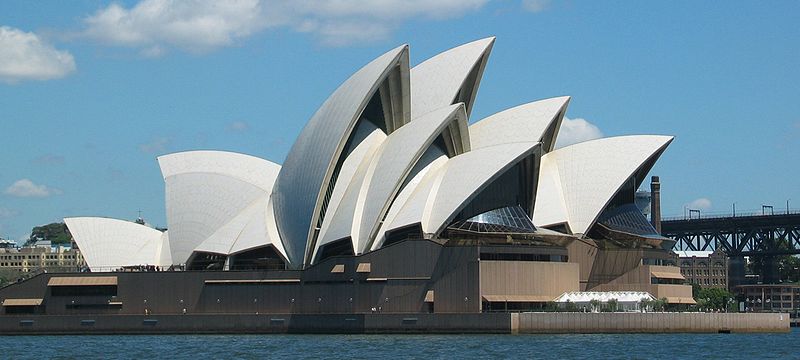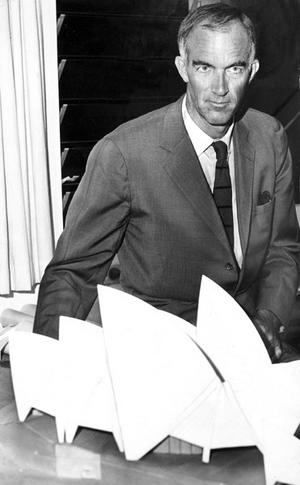
 By creating the Sydney Opera House, above, Danish architect Jørn Utzon, right, who died in his sleep of a heart attack over the weekend, at age 90, did more than make a great and transcendent building. He accomplished that rarest of architectural feats: He created a symbol that, as the U.S. Capitol does for this country, or the Eiffel Tower does for France, became part of a nation’s identity.
By creating the Sydney Opera House, above, Danish architect Jørn Utzon, right, who died in his sleep of a heart attack over the weekend, at age 90, did more than make a great and transcendent building. He accomplished that rarest of architectural feats: He created a symbol that, as the U.S. Capitol does for this country, or the Eiffel Tower does for France, became part of a nation’s identity.
Or, as I like to put it, he made a building that, were you to wake up out of a long sleep and see it, would tell you exactly where in the world you were. Trust me: It’s harder than you might think.
The great irony, though, is that he never saw it finished. Wrote The New York Times,
When only the shell of the opera house was complete, the architect found himself at odds with Davis Hughes, the New South Wales minister for public works, over cost overruns and delays. When Mr. Hughes stopped payments to Mr. Utzon in 1966, the architect packed up his family and left the country.
Supporters of Mr. Utzon said that an unreasonably low construction estimate made it seem as though costs had escalated far more than they had, and that Mr. Utzon had been treated unfairly.
Writing in Harvard Design Magazine in 2005, Bent Flyvbjerg, a professor of planning at Aalborg University in Denmark, argued that “the real loss in the Sydney Opera House project is not the huge cost overrun in itself. It is that the overrun and the controversy it created kept Utzon from building more masterpieces.”
In recent years, Australian organizations tried to heal the breach. In 2002, Mr. Utzon was commissioned to design interior renovations that would bring the building closer to his original vision; his son Jan, who is also an architect, traveled to Australia to carry out the work. And in 2003, Mr. Utzon received an honorary doctorate from the University of Sydney. (Jan took his place at the ceremony.)
The same year, Mr. Utzon won the Pritzker Prize, considered architecture’s highest honor. Frank Gehry, who was a Pritzker juror at the time, said that Mr. Utzon “made a building well ahead of its time, far ahead of available technology, and he persevered through extraordinary malicious publicity and negative criticism to build a building that changed the image of an entire country.”
Hear, hear.

0 comments ↓
There are no comments yet...Kick things off by filling out the form below.
Leave a Comment